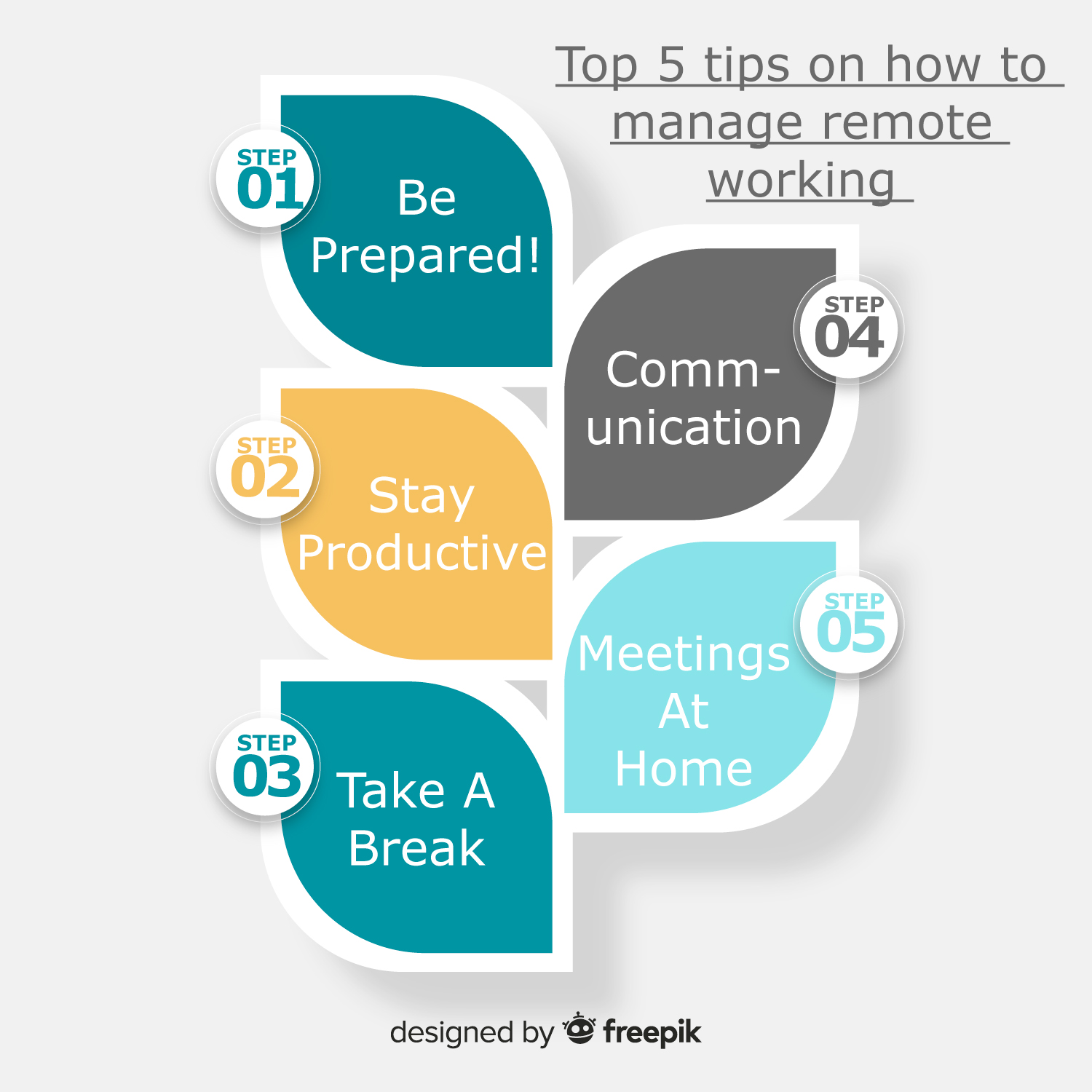Here at m-hance around 60% of our workforce work remotely on a full-time basis, with many having done so for several years. With the Government recently advising people to work from home where possible due to the Coronavirus/Covid-19 outbreak, this figure has now risen to 100% of our workforce as we temporarily closed our UK and Ireland offices this week for the foreseeable future. However, it’s business as usual for us as we utilise Microsoft Cloud Technology to ensure our customers are supported, at the same time as safeguarding our people and theirs. We are therefore well versed in ensuring that as individuals we work remotely as effectively as possible whilst collaborating and staying connected with our colleagues, suppliers, and customers.
Here are our top 5 tips on how to best manage remote working:
- Be Prepared!
It might be an obvious tip, but it is vital to consider what equipment you will need to ensure that you can carry out your normal duties remotely; for example, cables, chargers, headsets, etc. It is also worth ensuring that you can access all the applications you need from where you will be working remotely. This should be tested well in advance as part of a business continuity plan for situations like the Coronavirus outbreak.
2. Stay Productive
In our experience, there are small, simple actions that you can take that will help you to stay productive when at home:
- Set up your laptop somewhere quiet and out of the way of distractions;
- Try to set up near natural light and use a comfortable chair;
- Try to curb your usual home habits whilst your working;
- Schedule time to catch up with colleagues so you can stay up to date.
3. Take A Break
When working at home, try to maintain your regular working hours. Ensure you take your lunch hour as well as regular breaks, as you would in the office.
4. Communication
It’s important that when working remotely, you regularly let the people who need to, know about your schedule and availability. You may not normally conduct many video meetings, but there’s nothing to say that you can’t start. If you use Microsoft Teams within your organisation, you can ping someone and say, “Hey, got a moment to talk?” and then use video to chat face to face. It’s akin to walking up to someone’s desk in an office and saying, “Hey, can we grab a room and chat for a minute?”
5. Meetings at Home
Meetings don’t stop just because you’re not in the office. Applications like Microsoft Teams can be used to hold meetings when working remotely. You can create a Teams meeting from Outlook by following these steps:
- Navigate to the ‘Calendar’ tab in Outlook and click ‘New Teams Meeting’;
- This will automatically set up a Teams meeting. Add in the title, and attendees and then click ‘Send’;
- When you want to join, click the link and this will open the meeting in Teams.
You can also create a meeting directly from within Microsoft Teams, click here to watch a short video that will walk you through how to do this.
So, whilst situations like the Coronavirus outbreak may only occur once in a lifetime (we hope), preparing our workforce and our organisations for such events should be top of the list when forming a comprehensive business continuity plan. It’s technology such as Microsoft’s that will play a crucial part.
Callum Foster
Technical Services Manager

